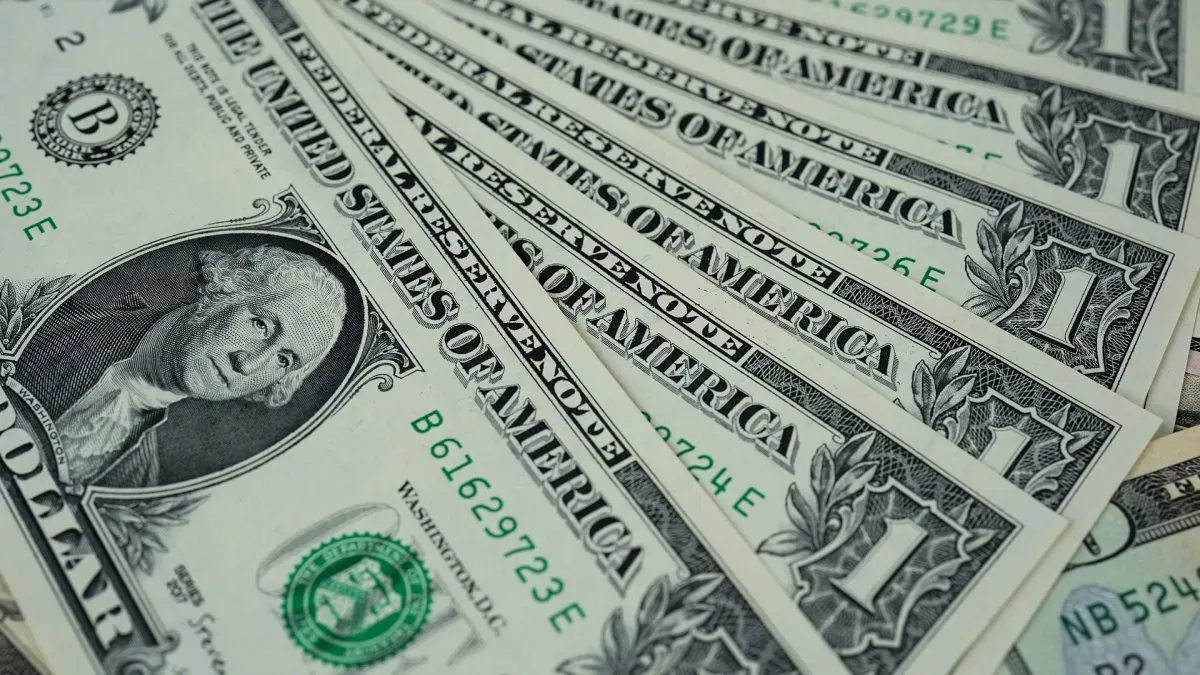The sustained fall of the currency “More than 9% since January in front of a coin basket, including the euro, the Yen and the sterling pound,” alarms said about a possible erosion of international confidence in the United States. For experts, this phenomenon not only responds to technical or inflationary factors, but also to a perception of political and economic instability generated by the erratic decisions of the government.
“The status of the dollar as a reserve currency was built for more than half a century, but it could be quickly crumbled if it is perceived that the United States is no longer a reliable economy,” said Barry Eicheren, economist at the University of California in Berkeley.
What worries It is not only the depreciation of the currency, but what it represents. The dollar has traditionally been the asset chosen in moments of uncertainty, facilitating low indebted costs, stability for global markets and geopolitical pressure tools for Washington. But all that could be in check if the deterioration of trust continues.
Investors are looking for other alternatives to the dollar
In his most recent report, Deutsche Bank warned “A crisis of trust” that would be eroding the properties of secure refuge of the dollar, While Capital Economics said that it is no longer exaggerated to question its role as a world reserve currency.
One of the most unusual signals is that, unlike what historically happens, the American currency did not strengthen the tariff ads; On the contrary, he weakened. This reflects a Change of attitude among investors, who instead of seeking security in the dollar, are exploring alternatives. Some of them are rival currencies such as Yuan – actively implemented by China in bilateral agreements – and, to a lesser extent, cryptocurrencies such as Bitcoin, mentioned even by the Blackrock CEO, Larry Fink, as potential threats if the United States continues to accumulate deficit.
To this is added the risk of higher interest rates for mortgages and loans, and a direct impact on consumer pocket, since a weaker dollar makes imports more expensive. Analysts fear that if this trend continues, also The cost of federal financing will increase, in a country whose debt is already equivalent to 120% of its GDP.
Trump tariff barriers.avif
Donald Trump’s measures continue to break the confidence of investors
Donald Trump continues to affect markets with tariff comings and laps
Meanwhile, the White House continues to feed uncertainty. Temporary exemptions to technological products, comings and turns in the implementation of tariffs and public pressures to the Federal Reserve – including an attempt to dismiss its president, Jerome Powell – generate a climate of distrust.
For some economists, the “Liberation Day” that Trump celebrated on April 2 with the announcement of mass tariffs could be remembered as the beginning of the end of the dollar privilege. “This is the first step in a slippery slope towards the loss of confidence in the dollar as a safe refuge,” Eichernen warned.
Yet, Many argue that for now there is no solid and global alternative that can displace the dollar of its dominant position. But the change, they say, has already begun.
Source: Ambito
I am a 24-year-old writer and journalist who has been working in the news industry for the past two years. I write primarily about market news, so if you’re looking for insights into what’s going on in the stock market or economic indicators, you’ve come to the right place. I also dabble in writing articles on lifestyle trends and pop culture news.




